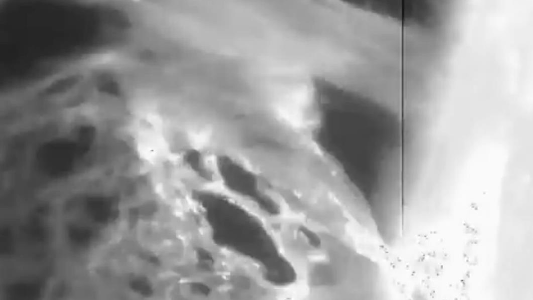This is basically a specific area of the celestial sphere, where humans have apparently linked stars into recognizable shapes. In 1922, the names for 88 different constellations were agreed upon. They defined the celestial vault into different areas. Due to the specific position of the stars, their sizes are not equal. The basic division is into the constellations of the northern and southern hemispheres. Related to this, observers from the northern hemisphere do not see the southern sky, and observers from the southern hemisphere do not see the northern sky. Due to the rotation of the Earth, the sky above us is constantly shifting and there is a division of constellations into: winter, spring, summer and autumn. The exceptions are Circumpolar constellations. The apparent rotation of stars in the sky in the northern hemisphere revolves around the star Polaris, and it is located near the north celestial pole. Circumpolar constellations are those constellations near the north or south celestial poles that never fall below the horizon of the hemisphere from which they are observed. The circumpolar constellations of the Northern Hemisphere are: Ursa Major, Ursa Minor, Cassiopeia, Cepheus, and Draco. The Circumpolar constellations of the Southern Hemisphere are: Carina, Centaurus and Crux. Learn Astronomy and Astrophotography. I have really nice ideas for this my youtub channel. Do Subscribe and join here ... Learn Astronomy
Wednesday, September 9, 2020
Subscribe to:
Post Comments (Atom)
HINODE SONDA
Astronomical results that are presented to the public today - bring a lot of new knowledge related to space. In addition to our Milky Way, t...

-
The fascinating sight of the starry sky is something beautiful the human eye can see. But after a while, observers wonder - which star is th...
-
This is basically a specific area of the celestial sphere, where humans have apparently linked stars into recognizable shapes. In 1922, th...
-
The stars you see in the sky have their own glow that is defined through apparent magnitude. However, the scale of apparent magnitude does n...




No comments:
Post a Comment